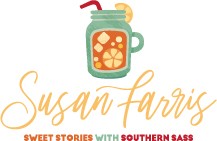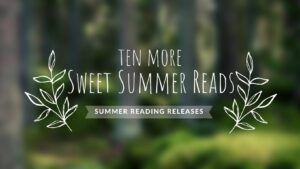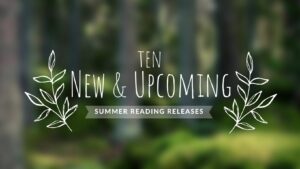Want to take your poetry to the next level? Maybe you like the idea of poetry and you even have some ideas you’d like to experiment with, but you just don’t know where to start.
Whatever your skill level as an amateur poet, I wanted to share my top tips and tricks with you in a series of blog posts to help you become the poet you’ve always wanted to be.
The biggest trend I see in amateur poetry is an explosion of imagery and emotion. There are so images, metaphors are mishmashed together, we skip from emotion to emotion like we’re hopping from rock to rock across a stream.
On the page, there is so much to sort out, that it is hard to determine what the heart of the poem is. This makes it hard for the reader to develop their own interpretation of it.
This isn’t a bad thing!
It just means the poet is growing. That instinct towards the emotional and the imagery that come with it is solid. It just needs a little bit of shaping.
What sets experienced poets apart from amateur poets is the ability to sit with the poem as it wells up and sculpt it until they find the emotional heart.
In short, they haven’t learned how to create an emotional map for their poem.
One of the easiest ways to create this emotional map is to actually use a couple of book writing techniques: brainstorming and mindmapping.
These techniques can help you get your ideas out onto a page quickly without feeling the pressure to make them into anything quite yet. I do these a lot with new or complicated ideas or emotions that are hard for me to describe because I’m not comfortable expressing them yet.
Brainstorming is great for prompts and short, quick pieces when I’m working from an idea I’ve previously saved.
When I want to brainstorm, I’ll start with my main idea at the top of a page and quickly list any memories, images, sounds, or textures it makes me think of. At this stage, it’s ok to list other ideas it makes me think of as well. I’m trying not to stifle myself at this point.
In the next step, I’ll cross out anything that doesn’t stay focused on my main idea and I might jot another quick detail or two so if I need to come back to my draft I can remember what I meant. At this stage, I usually have lines that begin popping into my head and I begin writing them down, seeing if they naturally connect to any of the other “points” I have listed.
For these shorter pieces to work, I’m looking for imagery that stays tightly wound together. To really flow, the scenery needs to build on itself or be a pleasing contrast. I don’t want to end up with a stanza that has six different images in it. It would be very difficult for my reader to piece the emotional story from that. I usually aim for no more than 1-2 complementing or contrasting images per stanza and I’ll usually try to carry similar images throughout the poem.
Mindmapping is like brainstorming, but more sketched out and visual. I love using mindmaps for longer pieces and even collections.
For a mindmap, I start with my main idea in the center of the page and begin by drawing spokes out to my first set of spin-off images, emotions, memories, etc. from there. I’ll do this “mapping” stage 2-3 times, following spokes that capture my imagination.
Once I’ve gotten a good amount of material on my mindmap, then I begin focusing in on 2-4 main “points” I want to follow through my point. Again, I want to be sure that I choose my images carefully and don’t overload my poem.
What’s great about mindmaps, is that you can play a lot with mindmaps and find some really cool connections.
Maybe you started with the color blue but ended up writing about different flavors of ice cream and your memories, bitter and sweet, surrounding them. On your mindmap, you can see the jumps but your reader just gets the poem.
Mindmaps are amazing for surrealist poets and anyone trying to push the boundaries of their work.
Both mindmaps and brainstorming are great for finding out what you don’t want to write about as well.
Looking at a list of associative topics, you’re going to resound more with some of them than with others. Just because you wrote it down doesn’t mean you have to write a poem about it. So follow what speaks to you and don’t feel rushed to write about everything!
This is like stretching your muscles before exercising. It gets the blood pumping, but it doesn’t commit you to a marathon you’re not ready for. As the poet, you decide what experience you shape from here.
As you get more and more comfortable writing poetry, you will find yourself using this technique less often. You’ll be able to shape your thoughts a little more fluidly as you go. But it’s always nice to have this habit in your back pocket when you run up against a tough new concept you want to explore or an emotion that’s particularly stubborn.


